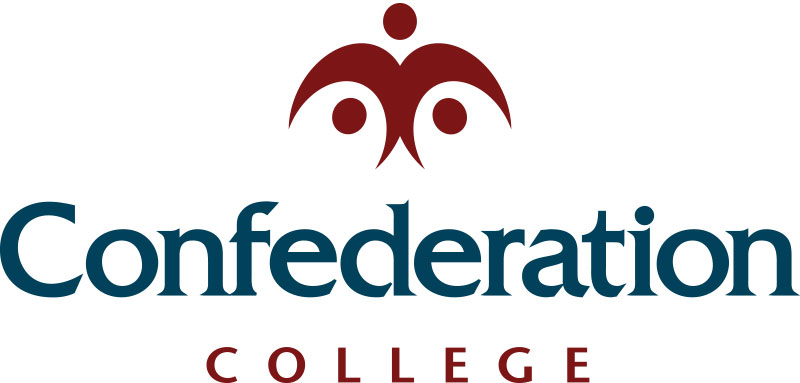Unmanned aerial vehicles may offer new potential for more accurate and cost-effective aerial surveys of Northern forests.
An applied research project at Confederation College in Thunder Bay, Ontario is comparing the quality and accuracy of data acquired using Unmanned Aerial Vehicles (UAV), more commonly known as drones, to current industry methods of data acquisition using manned aircraft.
LiDAR (Light Imaging Distance and Ranging) sensors are currently the standard for the collection of surface elevation data and are the best option for capturing ground elevation data where a heavy vegetative canopy is present. Photo-derived elevation models are an alternative to LiDAR for data capture projects where the landscape is mostly free of vegetative cover. They are also well suited for stockpile surveys and forested areas during the leaf-off period in early spring and fall.
UAVs offer greater flexibility in capturing survey data on a scheduled basis. They fly at a much lower altitude than manned aircraft and can capture data below the cloud ceiling. These systems will cover up to 15 square kilometres per day, making them more cost effective for smaller scale jobs. The project UAV has a twin sensor design which allows for multispectral image capture and has the capacity to be outfitted with other miniaturized sensors. Should the UAV acquired data be validated, KBM can offer their clients an expanded suite of aerial survey data options to better suit client needs and budgets.
“The development of UAVs in the Canadian and U.S. marketplace is projected to grow exponentially over the next five years. Through this project and other related R&D initiatives we hope to be able to bring to market new and innovative sensor configurations and product deliverable for our clients,” says KBM Resources Group.


